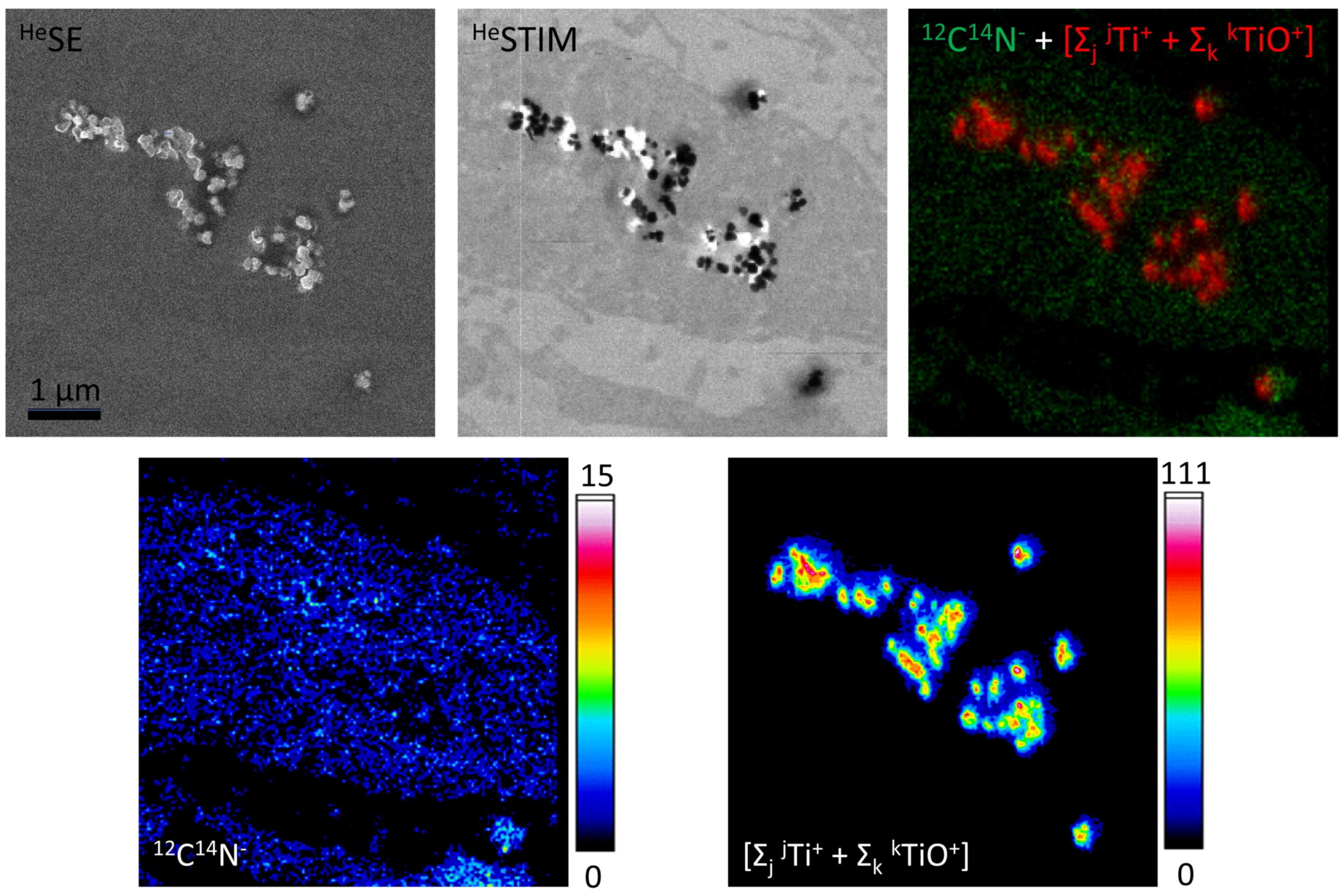
E171 tagged posts


Impact of the food additive titanium dioxide (E171) on gut microbiota-host interaction. Frontiers in Nutrition, 2019
Titanium dioxide nanoparticles E171 may impact human health. University of Sydney research provides new evidence that nanoparticles, which are present in many food items, may have a substantial and harmful influence on human health. E171 is commonly used in high quantities in foods and some medicines as a whitening agent. Found in more than 900 food products such as chewing gum and mayonnaise, E171 is consumed in high proportion everyday by the general population.
Published in Frontiers in Nutrition, the mice study found that consumption of food containing E171 has an impact on the gut microbiota (defined by the trillions of bacteria that inhabit the gut) which coul...
Read More





Recent Comments